This month we provide an update on the Hôpital de la Miséricorde and analyze controversial plans by Hydro-Québec to integrate an electricity substation into the haunted site. The ghost-ridden Hôpital de la Miséricorde has been empty for years and is starting to crumble. Located on prime real estate in Downtown Montreal...
Welcome to the one hundred and tenth installment of the Haunted Montreal Blog!
With over 600 documented ghost stories, Montreal is easily the most haunted city in Canada, if not all of North America. Haunted Montreal dedicates itself to researching these paranormal tales, and the Haunted Montreal Blog unveils a newly researched Montreal ghost story on the 13th of every month!
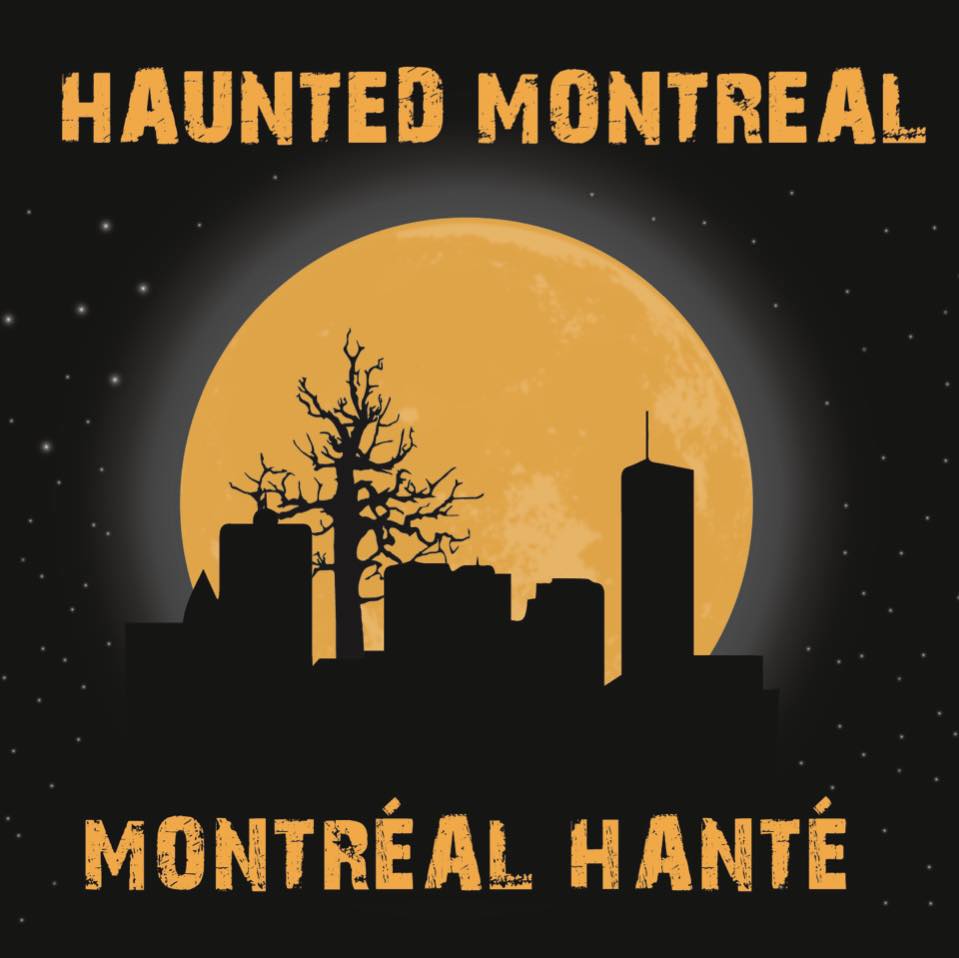
This service is free and you can sign up to our mailing list (top, right-hand corner for desktops and at the bottom for mobile devices) if you wish to receive it every month on the 13th! The blog is published in both English and French!
With the Halloween Season in full swing, Haunted Montreal is running a full roster of ghost tours and haunted experiences!

Our ghost tours include Haunted Old Montreal, Griffintown, Downtown and the mountain!
Our Haunted Pub Crawl is offered every Sunday at 3 pm in English. For tours in French, these happen on the last Sunday of every month at 4 pm.
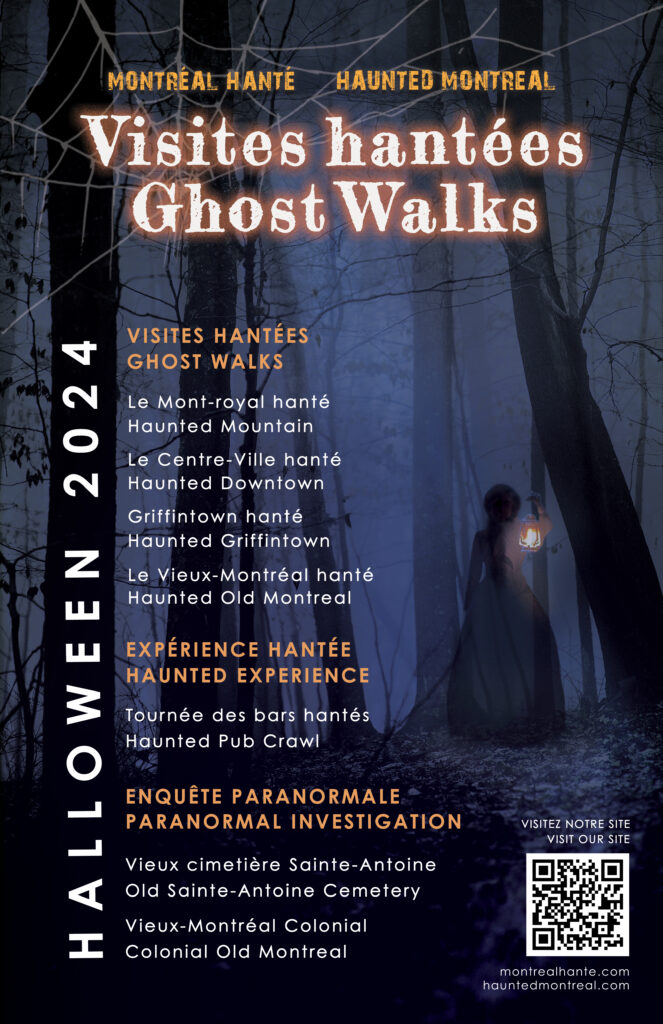
We also offer paranormal investigations! In addition to our investigation of the old Sainte-Antoine Cholera Cemetery, Haunted Montreal is proud to announce our latest experience – Paranormal Investigation – Colonial Old Montreal.
To learn more, see the schedule at the bottom of our home page and see more details in the Company News section below!
Private tours for all of our experiences (including outdoor tours) can be booked at any time based on the availability of our actors. Clients can request any date, time, language and operating tour. These tours start at $215 for small groups of up to 7 people.

Email info@hauntedmontreal.com to book a private tour!
Lastly, we have an online store for those interested in Haunted Montreal merchandise. More details are below in our Company News section!
This month we examine McGill University’s storied Arts Building and its various paranormal phenomena. As the oldest structure on campus, it is also one of its most haunted.
Haunted Research
McGill University’s Arts Building is an iconic symbol of the institution. Constructed in 1843, as the oldest structure standing on campus, it is also reputed to be haunted. This may be due to its deranged history as the first edifice where medical students performed experimental autopsies on unfortunate corpses, many of them stolen from local cemeteries.
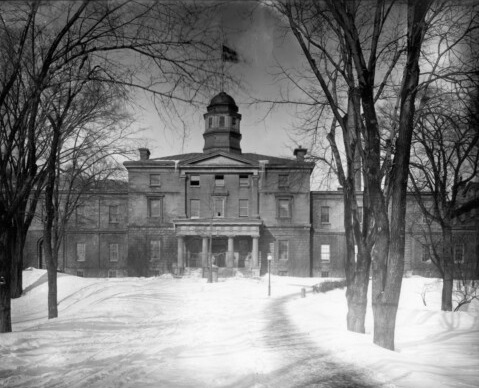
Today, phantom footsteps echo throughout the old building and some students have reported spotting what could be the ghost of an old Anatomy professor.
McGill University officially opened in 1821, but its only initial building was the crumbling Burnside Hall. Originally the country home of James McGill, the structure was unsuitable for academic studies due to its farm-like layout and deteriorating condition.

Burnside Hall was named as such because it was located next to a babbling brook that ran across James McGill’s property. In Scotland, a “burn” is a commonly used word for a small stream, creek or brook.
James McGill enjoyed spending summers on his bucolic forty-six acre country estate. Named Burnside Place, it was situated well outside of the city during his lifetime. McGill enjoyed his leisure time here with his wife.
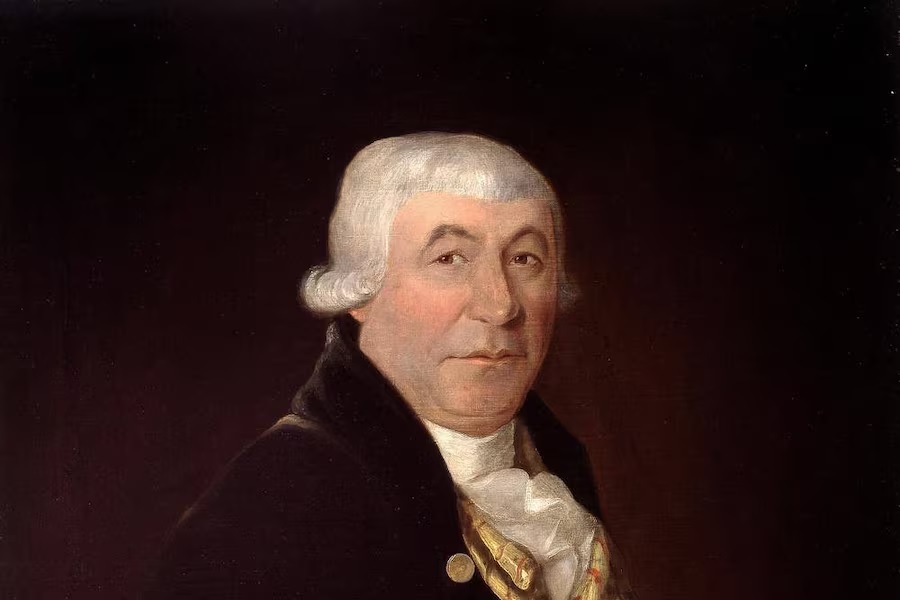
Indeed, his every whim was attended to by his various servants and slaves.
James McGill owned at least five slaves, including two Indigenous children and three people of African descent. One Indigenous girl was named Marie and the other’s name is unknown. The Black slaves included a man named Jacques and two women, Marie Louise and another lady referred to variously as Sarah Cavilhe, Charlotte or Marie Charles.
James McGill also traded in slaves. In 1784, he sold two enslaved Black people, named Caesar and Flora. Three years later, he sold four more slaves. He also made enormous profits from products created by enslaved people in other British colonies, such as sugar, molasses, rum and tobacco.

These nefarious transactions helped make James McGill one of the richest men in Montreal with a net worth of approximately £100,000.
In 1811, James McGill, bequeathed his beloved Burnside Place estate to the Royal Institution for the Advancement of Learning, based in London, England.

Stretching from what is now Doctor Penfield Avenue to a few streets south of Sherbrooke Street, the size of the land was substantial.
He also donated £10,000 to the Royal Institution, on the condition that they establish a university in his name within ten years following his death. He stipulated that if the university was not founded within ten years after his passing, the property and funds would be given to his heirs.
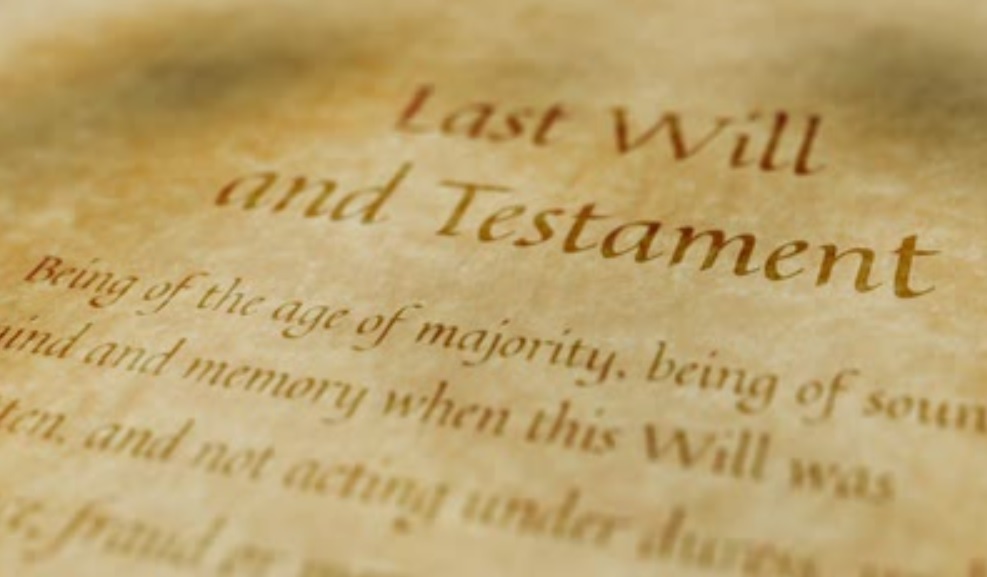
Ironically, James McGill was a school dropout himself. He may have wanted to redeem his lowly scholastic reputation by creating a university in his name.
When James McGill died suddenly on December 19, 1813, the Royal Institution began plotting the creation of McGill University. The school opened in 1821, just two years shy of the deadline.
However, due to the lack of adequate space for studies, in 1837 the Royal Institution commissioned the McGill College Building (which was later renamed the Arts Building). In 1839, well-known British architect John Ostell was hired to design the building in the Classical Revival style.

By 1843, Ostell’s team had constructed the central and eastern sections of the building. The central block featured classrooms, the college hall, a library, a kitchen, the steward’s residence, and a room for the Governors’ council. The eastern section contained the chapel and vice-principal’s residence.
Unfortunately, funds ran out which prevented construction of the western section and a two-story portico with Doric columns for the central building.
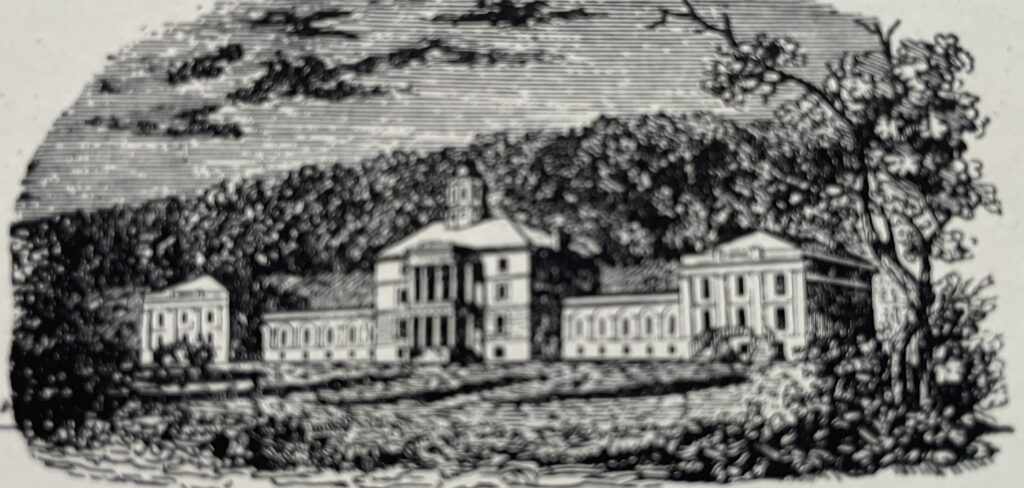
Furthermore, due to unfinished work, the building was uncomfortable to say the least. The roof leaked in various places, the rooms were both cold and dark, there were several broken windows and before long rats had infested the structure.
In order to raise funds to finish the project, the Royal Institution sold valuable land south of Sherbrooke Street.

E.A. Collard’s book “Oldest McGill” devotes an entire chapter called “Early Years in the Arts Building” (pages 30 – 45) where he describes this very difficult situation.
The first faculty at McGill University was the Faculty of Medicine. It emerged from the Montreal Medical Institution and was grafted onto the university in 1829. In 1845, the Medical classes were moved to the Arts Building, joining the new Faculty of Arts, which had started teaching there in 1843.
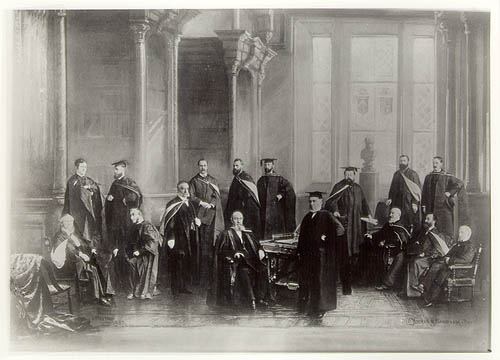
Since Montreal had not yet expanded as far west as McGill, the only access to the Arts Building was by way of bumpy, unkempt lanes which became almost impassable in the harsh winter snow drifts.
Indeed, many of the students felt that the campus was too far from the city and were grateful when a professor could offer a ride on a sleigh, especially during blizzards.
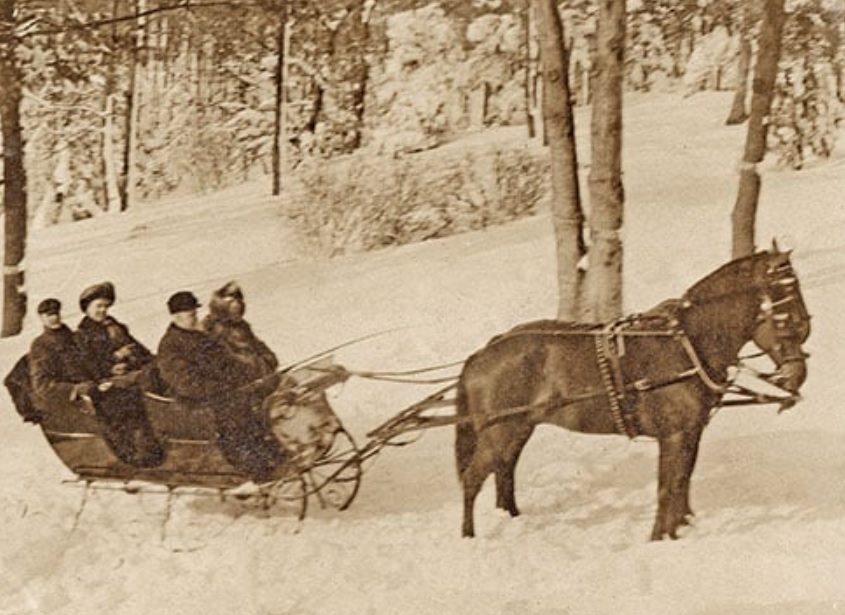
With the long distance, unfinished structure and nasty weather, there was a lot of discontentment with the facilities. Thus, the Faculty of Medicine was not satisfied with their relocation to the Arts Building. They described it as “a lonely building, far removed from other dwellings, imperfectly heated, and lighted by candles – the light being barely sufficient to render the surrounding darkness visible.”
Perhaps not surprisingly, the Faculty of Medicine decided to move out of the Arts Building in 1851. Their timing was very good, as the City of Montreal began constructing the nearby McTavish Reservoir in 1852.
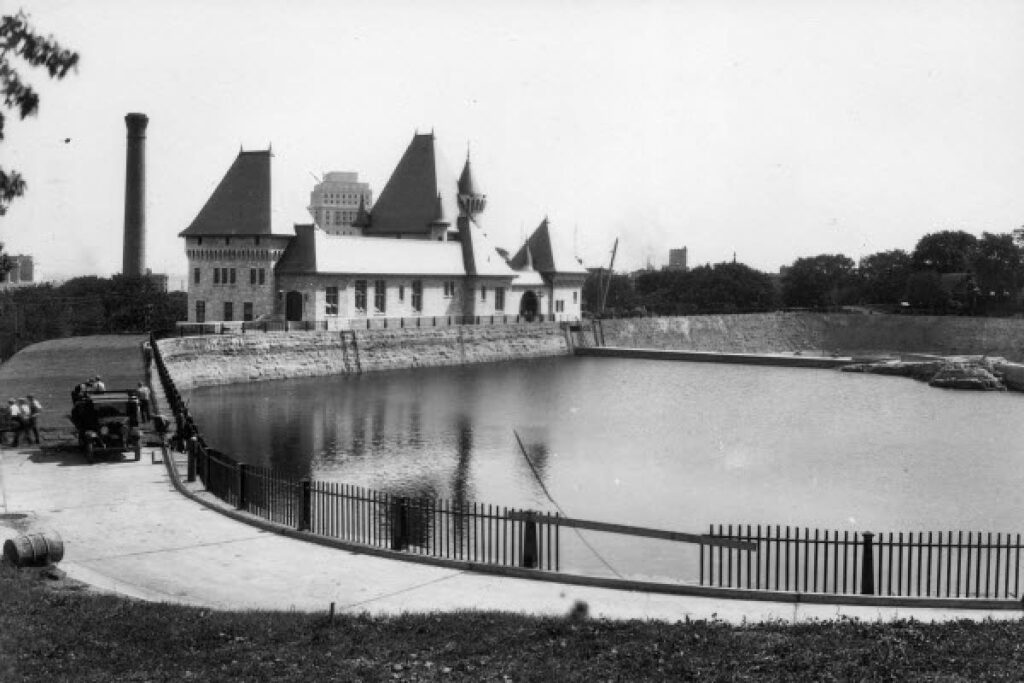
Explosions to hollow out the reservoir inadvertently showered the Arts Building with rock fragments and boulders, making studies very dangerous and further damaging the structure. When cracks began appearing in the walls, the remaining staff and students relocated until the Arts Building could be fully repaired.
It took a full decade until repairs had restored the structure. By 1862, the Arts Building was finally functional and also saw the addition of its western wing. The structure was now complete according to most of Ostell’s original designs and professors and students reoccupied the building.
The final touch occurred on June 23, 1875, when the “James McGill Monument” was installed in front of the Arts Building.
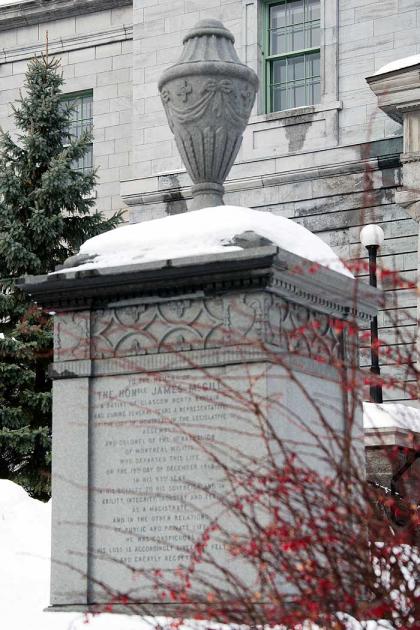
The four-sided stone pedestal is topped with a decorative urn in memory James McGill. His human remains are in a box within the pedestal.
When McGill died in 1813, he was buried in the St. Lawrence Protestant Burying Ground next to his old friend, John Porteous. McGill’s wife, a Catholic, had to be buried elsewhere due to religious regulations that forbade Protestants from being buried in the same cemeteries as Catholics.
Over the years, the cemetery filled up and reached capacity as its tombstones and monuments began to crumble and vandals began destroying the place.
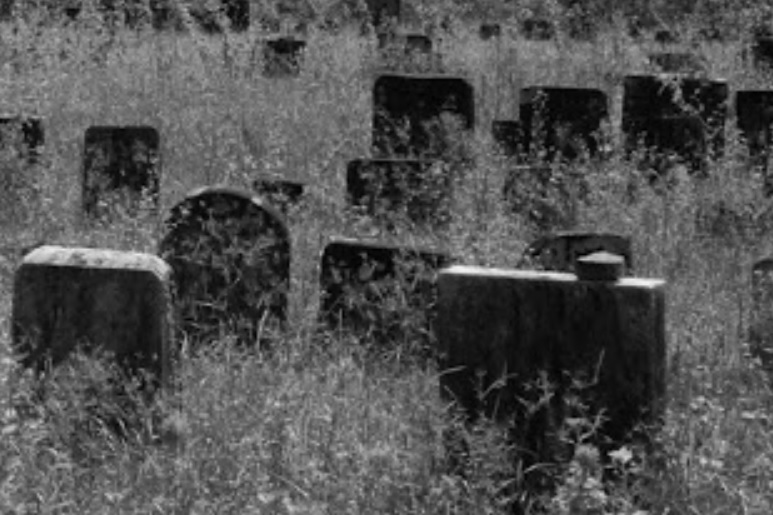
In 1873, the city expropriated the creepy cemetery to make way for a public square. Descendants were asked to remove any corpses they wanted to have re-interred elsewhere.
Upon hearing this, in 1875 McGill University administrators arranged for the transfer of James McGill’s skeleton and monument from Plot #16 to the location where it is today, in front of the Arts Building. They put his skull and bones in a box and placed it within the pedestal they constructed before securing his funerary urn on top. Coincidentally, Burnside Hall was also demolished in 1875.
As the urn eroded and deteriorated over the years due to the seasonal weather, in 1944 the McGill Graduates Society and Canadian Grenadier Guards replaced it with a replica.
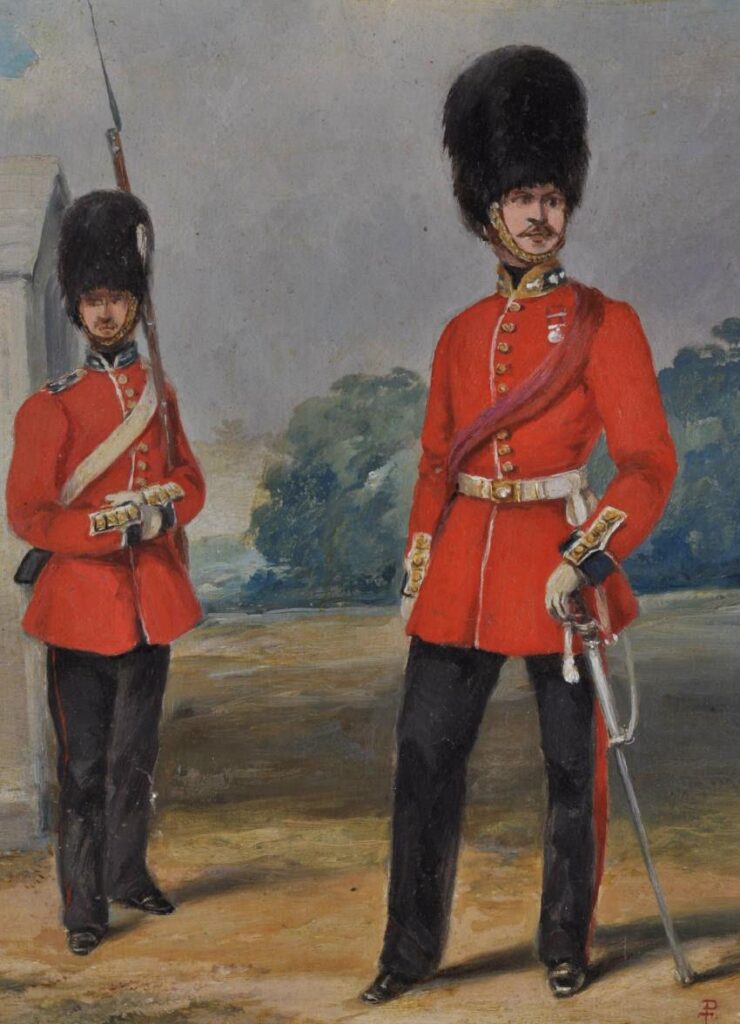
Some people believe that the ghost of James McGill haunts the area around his urn, whereas others believe he is burning in Hell for his role in the trans-Atlantic slave trade.
On October 23, 2011, The Tribune published an article called “Haunted McGill”. Journalist Kyla Mandel wrote:
“Once upon a midnight dreary, McGill’s campus was quite eerie. The orange leaves rustled and the autumn air was crisp; shadows danced in the blustery wind. It was Halloween and the ghosts that lurk McGill were out to play. Where are these phantoms of the night, you ask? They can be found in many places; all it takes is a little faith and courage. The place to start hunting for McGill’s ghosts is in front of the Arts Building, where the remains of James McGill were reinterred in 1875.”
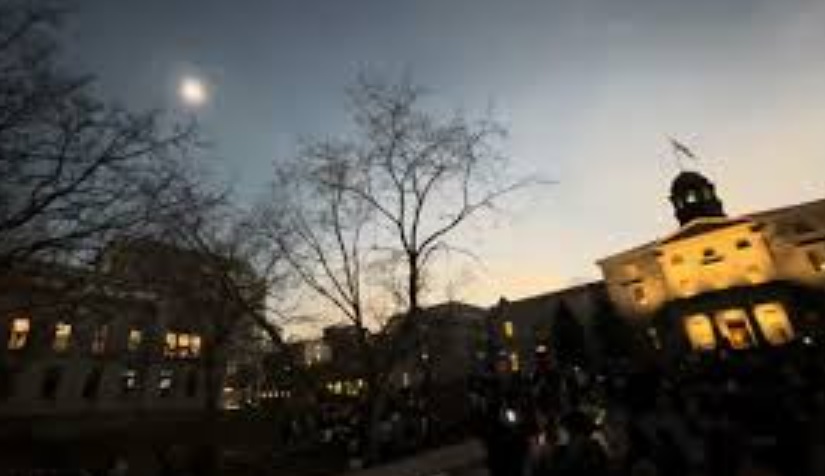
Mandel continued:
“There have been other stories of ghosts haunting the Arts Building itself. After passing the ghost of James McGill, take the steps up into the Arts Building to wander its echoing corridors and the recesses of its basement alcoves. According to Peter McNally, Director of the History of Montreal project, in the 1840s the Arts Building housed the Faculty of Medicine and its cadavers. So beware, the ghosts that prowl these quarters may not be as welcoming as the shape of James McGill. Perhaps the only detection of a ghost you’ll find is that chill that has just passed through you, or the light that appears only on some nights in the cupola atop the Arts Building.”

Additionally, some students have claimed to hearing phantom footsteps in the hallways and the creaking staircases of the Arts Building. Other reports document a horrible and nauseous stench that sometimes overwhelm students. Some of them have described the foul odour as “the smell Death” or “rotting flesh, mixed with formaldehyde.”
The nasty stench typically materializes in classrooms, hallways and staircases before dissipating within a few minutes. It has actually caused both students and professors to run to the toilets to vomit.
One Anatomy student was familiar with the stench. He described it as “effluvium”, an unpleasant or harmful odour, secretion, or discharge associated with autopsy drippings.
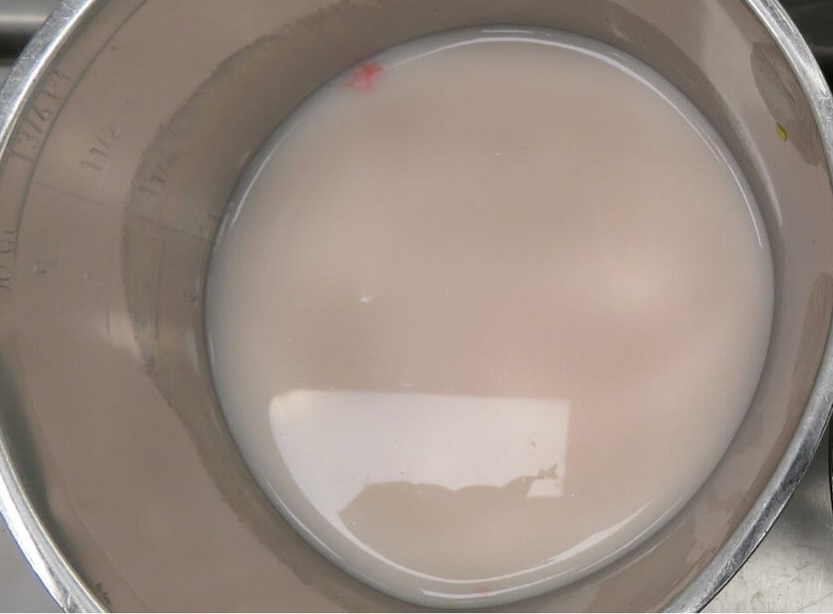
There have also been sightings of what could be the ghost of an old Anatomy professor. He is often spotted out of the corner of one’s eye before disappearing.
Described as wearing Victorian attire, including a cap and sporting a bloody full-length apron, his ghost has spooked many a student and professor in the hallways, classrooms and especially on the staircases. The fact that he carries a scalpel does little to ease those who spotted him.

One prominent theory is that the ghost is a Victorian academic who started his career preparing and dissecting corpses for Anatomy Professors. His name was Dr. D. C. MacCallum and his title was the “Prosector to the Professor of Anatomy”. Having suitably arranged the cadavers in the original Arts Building for his superiors, in 1847 he wrote the following words:
“I had to prepare, during the greater part of the session, the dissections of the parts which were to be the subject of the Professor’s lectures the following day. This necessitated my passing several hours, usually from nine to twelve o’clock at night, in the dismal foul-smelling dissecting room, my only company being several partially dissected subjects, and numerous rats which kept up a lively racket, coursing over and below the floor and within the walls of the room…”

Describing the rodents, Dr. MacCallum wrote:
“Their piercing and vicious shrieks as they fought together, the thumping caused by their bodies coming into forcible contact with the floor and walls, and rattling produced by their rush over loose bones, furnished a variety of sounds that would have been highly creditable to any old-fashioned haunted house.”
Some students believe that the infamous ghost haunting the Arts Building is none other than Dr. MacCallum, who went on to become a full Professor of Anatomy.

Indeed, unfounded and scandalous rumors have spread around the campus for many years about this professor.
According to the rumour, Dr. MacCallum was lecturing to his students in the dissecting room of the Arts Building when he suddenly fell ill at his podium and collapsed on the floor. However, instead of trying to help their professor, some of his students began agitating for his immediate autopsy.
Apparently, Dr. MacCallum was a tough professor and had failed almost half of his Anatomy students. Some of them described his behavior as “eccentric”, “unbalanced” and “odd”. With their careers in potential danger, many students saw the strict Anatomy Professor as a risk to their future success.
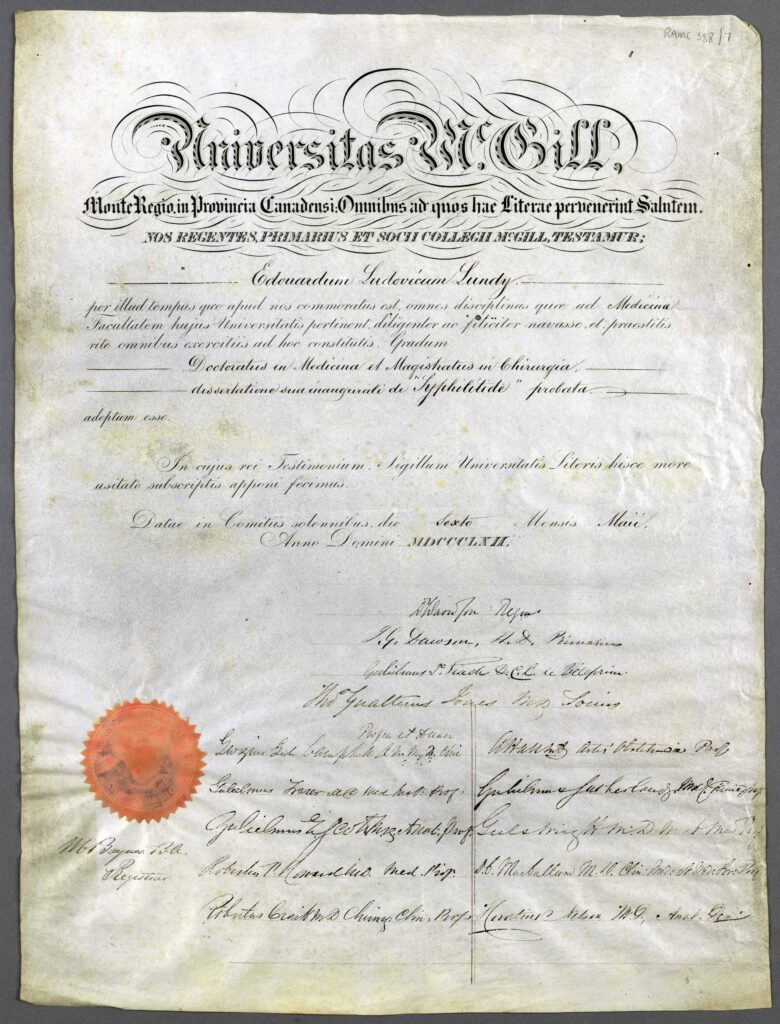
The unfounded legend suggests that when Dr. MacCallum fell onto the lecture floor from his podium, some of his students at risk of failure began chanting “Autopsy! Autopsy! Autopsy!”
While some level-headed students protested the idea, a mob mentality took over. Within minutes, a horde of students had descended upon the professor and thrust him upon the autopsy slab, scalpels in hand! They set to work on him, despite one student yelling that he was still alive!
Within an hour, the poor professor had been thoroughly dissected. To make matters worse, some of the students kept organs, bones and other body parts as “trophies” and brought them back to their residences.
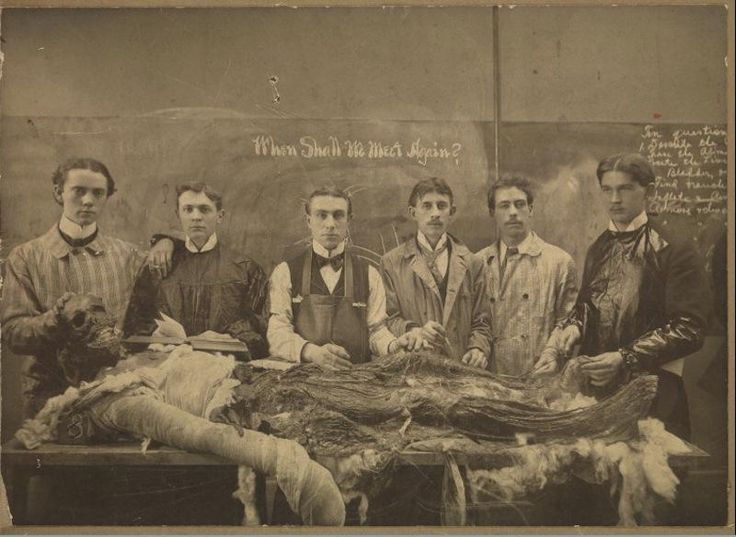
It is worth noting that this legend is very questionable. While it is true that students were so desperate to acquire fresh corpses for McGill’s Anatomy class that they often resorted to grave-robbing, there is no evidence that they ever performed an autopsy on their own professor.
Indeed, Dr. MacCallum retired as Professor Emeritus in 1883 and passed away in 1904, suggesting that the outlandish legend is simply untrue.
In April 2019, the McCall MacBain Foundation gave a private donation of $200 million to McGill University on condition it could attach its name to the Arts Building.
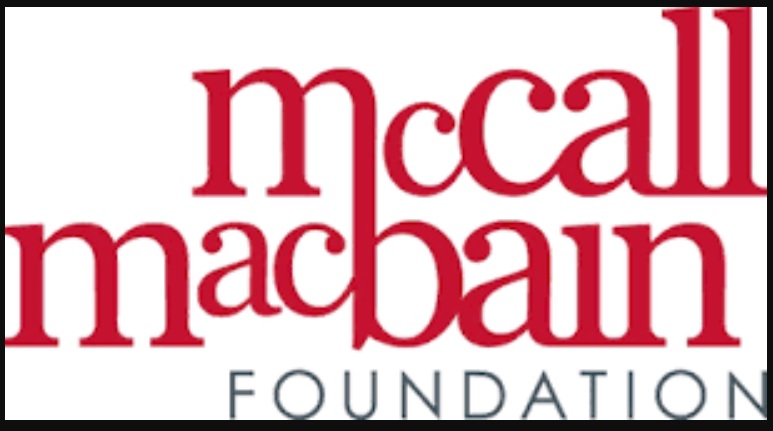
At the time, it was largest gift to a university in Canadian history and the edifice was renamed the McCall MacBain Arts Building.
It is also worth noting that in March, 2022, the Arts Building and funerary urn were both given clandestine paint jobs. While McGill officials described the incident as “vandalism”, activists described it as “editing”. Indeed, the activists had painted the words “DIVEST” on university buildings and “Fucking Slave Owner” and “Take Him Down” on the urn.
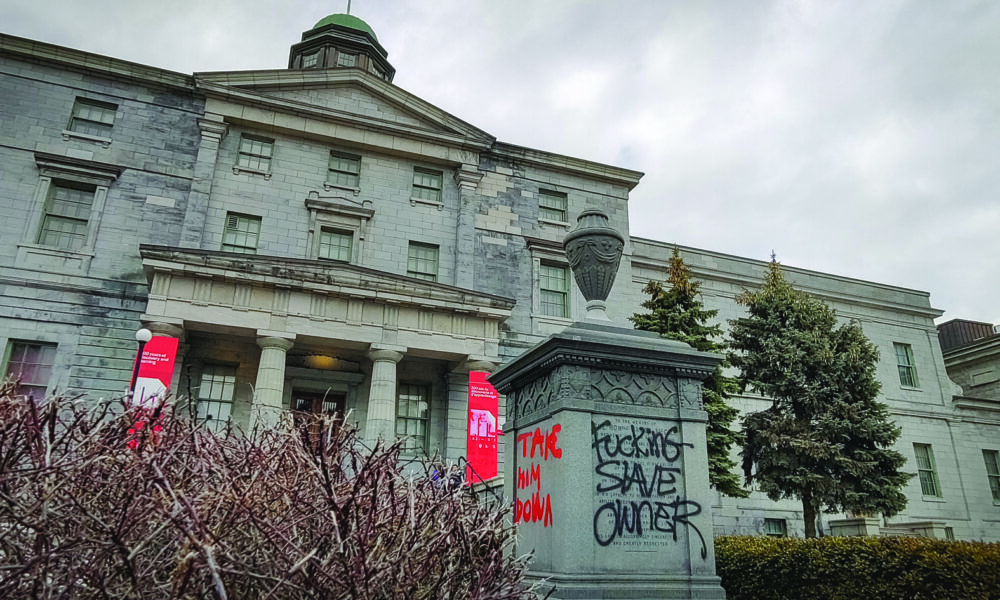
This episode followed the removal of a statue of James McGill the previous year in the Lower Quad of the campus. Created by David Roper-Curzon and installed in 1996, the statue had also been painted red on many occasions due to McGill’s ties to the blood-soaked slave trade.
After much pressure, the university finally removed the offending James McGill statue in July, 2021 and placed it into storage.

Today, the Arts Building still stands as a major symbol of McGill University. Despite its deranged past, the building is bustling with professors and the many students attending their lectures.
However, one never knows what may be lurking in the shadowy hallways, staircases and recesses of this storied edifice.

Only one thing is certain – as the oldest structure on campus, the Arts Building reeks of paranormal activity and ghostly hauntings. Enter at your own risk!
Company News
With the Halloween Season in full swing, Haunted Montreal is running a full roster of ghost tours and haunted experiences! Our ghost tours include Haunted Old Montreal, Griffintown, Downtown and the mountain!
Haunted Montreal is proud to announce our latest haunted experience – Paranormal Investigation – Colonial Old Montreal.
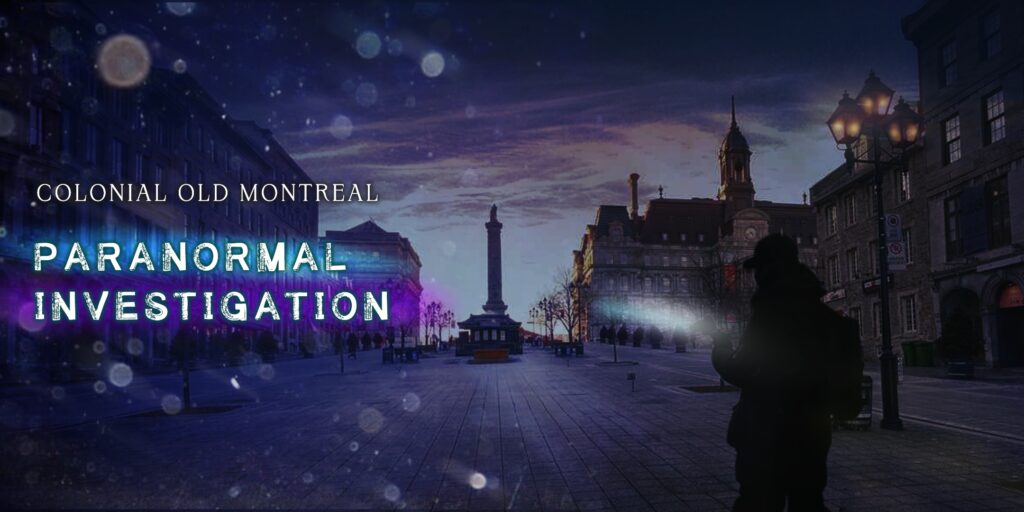
Hosted by professional Ghost-hunter Dominique Desormeaux of Investigations 13, Haunted Montreal’s “Paranormal Investigation – Colonial Old Montreal” takes guests on a dark adventure into the mysterious world of ghost hunting!
In the meantime, our Haunted Pub Crawl is offered every Sunday at 3 pm in English. For tours in French, these happen on the last Sunday of every month at 4 pm.

To learn more, see the schedule at the bottom of our home page!
Private tours for any of our experiences (including outdoor tours) can be booked at any time based on the availability of our actors. Clients can request any date, time, language and operating tour. These tours are based on the availability of our actors and start at $215 for small groups of up to 7 people.
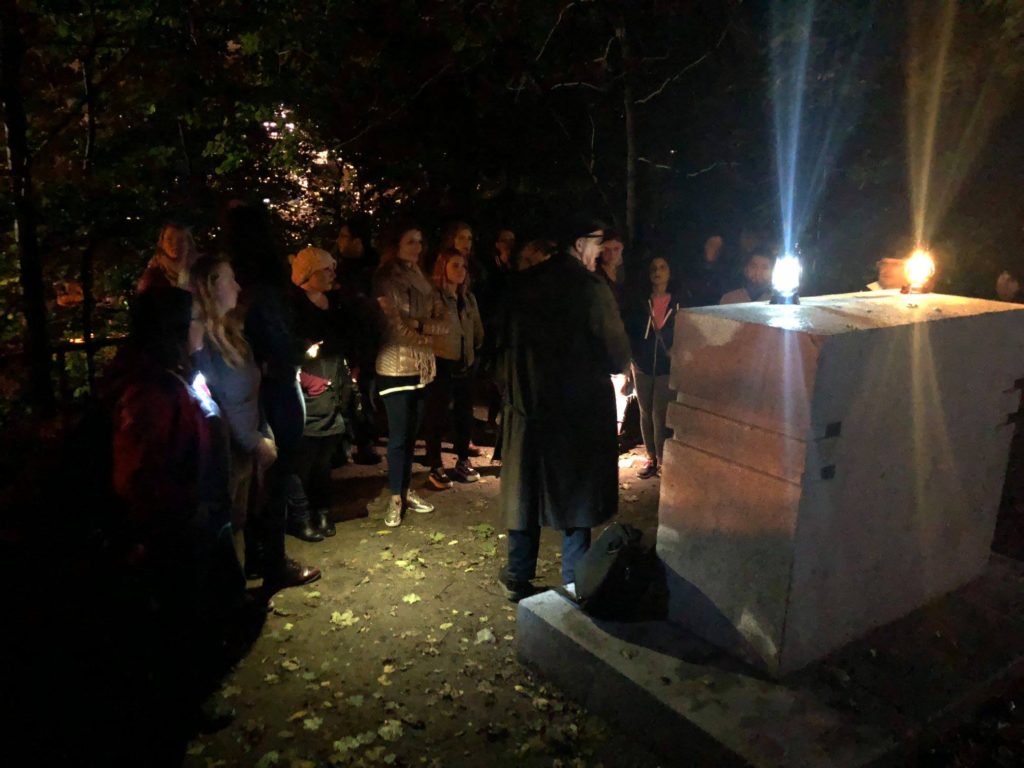
Email info@hauntedmontreal.com to book a private tour!
You can also bring the Haunted Montreal experience to your office party, house, school or event by booking one of our Travelling Ghost Storytellers today. Hear some of the spookiest tales from our tours and our blog told by a professional actor and storyteller. You provide the venue, we provide the stories and storyteller.
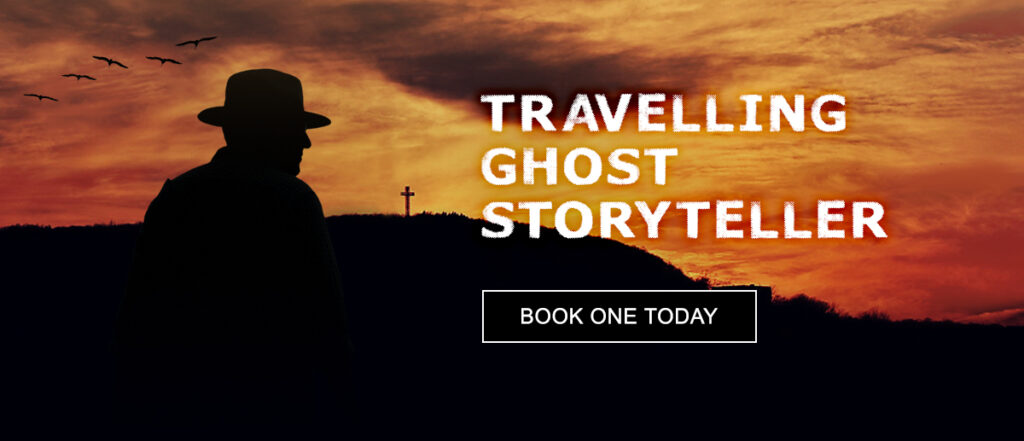
Find out more and then contact info@hauntedmontreal.com
Our team also releases videos every second Saturday, in both languages, of ghost stories from the Haunted Montreal Blog. Hosted by Holly Rhiannon (in English) and Dr. Mab (in French), this initiative is sure to please ghost story fans!

Please like, subscribe and hit the bell!
Haunted Montreal is also pleased to announce the publication of the book “Montréal hanté. La mémoire macabre d’une cité victorienne”, written by Pierre-Luc Baril. Directly inspired by the Haunted Montreal Blog, the book tells several ghost stories, including those of Simon McTavish, the mysterious Trafalgar Tower and the murder of Mary Gallagher.

You can purchase a copy by clicking on this link.
You are cordially invited to the official launch of the book, on October 17, 2024, at 6 p.m., at the Le Port de Tête bookstore (222 avenue du Mont-Royal E). See the Facebook event.
In other news, if you want to send someone a haunted experience as a gift, you certainly can!

We are offering Haunted Montreal Gift Certificates through our website and redeemable via Eventbrite for any of our in-person or virtual events (no expiration date).
Finally, we have an online store for those interested in Haunted Montreal merchandise. We are selling t-shirts, magnets, sweatshirts (for those haunted fall and winter nights) and mugs with both the Haunted Montreal logo and our tour imagery.

Purchases can be ordered through our online store.
Haunted Montreal has temporarily altered its blog experience due to a commitment on a big writing project! New stories at the Haunted Montreal Blog will now be offered every two months, whereas every other month will feature an update to an old story. As always, these stories and updates will be released on the 13th of every month!
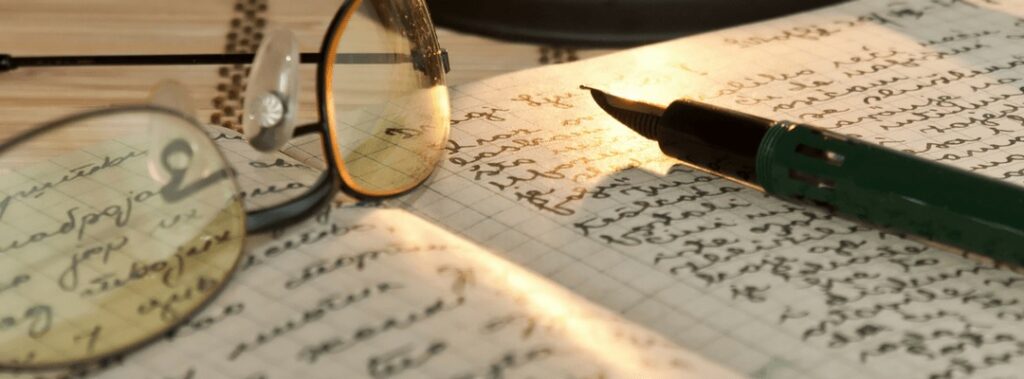
Haunted Montreal would like to thank all our clients who attended a ghost walk, haunted pub crawl, paranormal investigation or virtual event!
If you enjoyed the experience, we encourage you to write a review on our Tripadvisor page and/or on Google Reviews – something that really helps Haunted Montreal to market its tours.
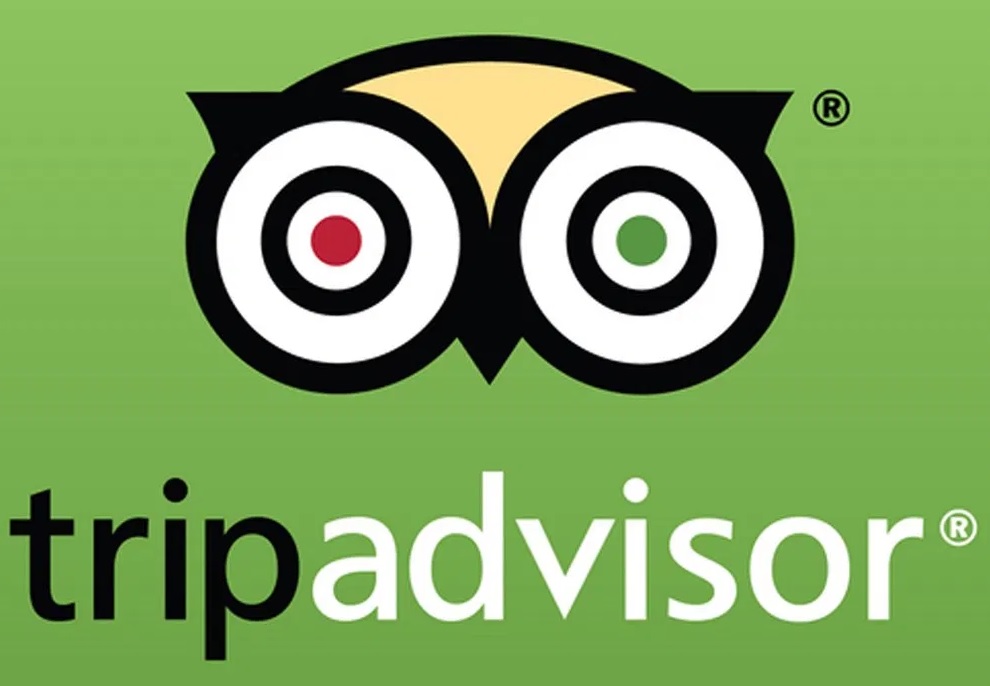
Lastly, if you would like to receive the Haunted Montreal Blog on the 13th of every month, please sign up to our mailing list.
Coming up on November 13th: Update on Montreal’s Haunted Pubs and Drinking Establishments
In 2019, the Haunted Montreal Blog identified 40 haunted pubs, watering holes and other drinking establishments dotting the city. In the bar industry, places often fold and new businesses are born, including in haunted buildings. One common question is this: do the ghosts remain when a new owner takes over the drinking venue? In 2024, the haunted drinking landscape has changed somewhat in Montreal. Some places have gone bankrupt and been reopened under new brands. Others were demolished and replaced with condos – and new haunted drinking establishments have also been discovered!
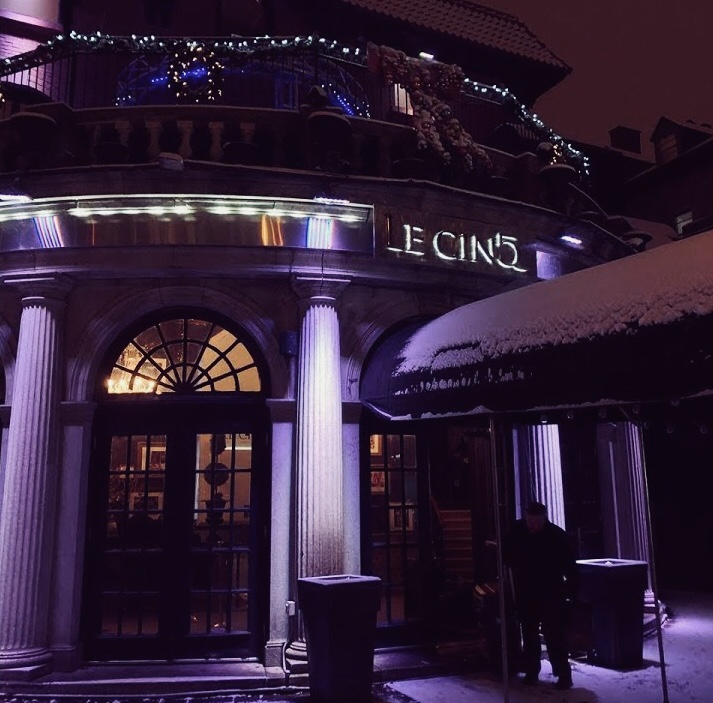
Author:
Donovan King is a postcolonial historian, teacher, tour guide and professional actor. As the founder of Haunted Montreal, he combines his skills to create the best possible Montreal ghost stories, in both writing and theatrical performance. King holds a DEC (Professional Theatre Acting, John Abbott College), BFA (Drama-in-Education, Concordia), B.Ed (History and English Teaching, McGill), MFA (Theatre Studies, University of Calgary) and ACS (Montreal Tourist Guide, Institut de tourisme et d’hôtellerie du Québec). He is also a certified Montreal Destination Specialist.
Translator (into French):
Claude Chevalot holds a master’s degree in applied linguistics from McGill University. She is a writer, editor and translator. For more than 15 years, she has devoted herself almost exclusively to literary translation and to the translation of texts on current and contemporary art.




Comments (0)